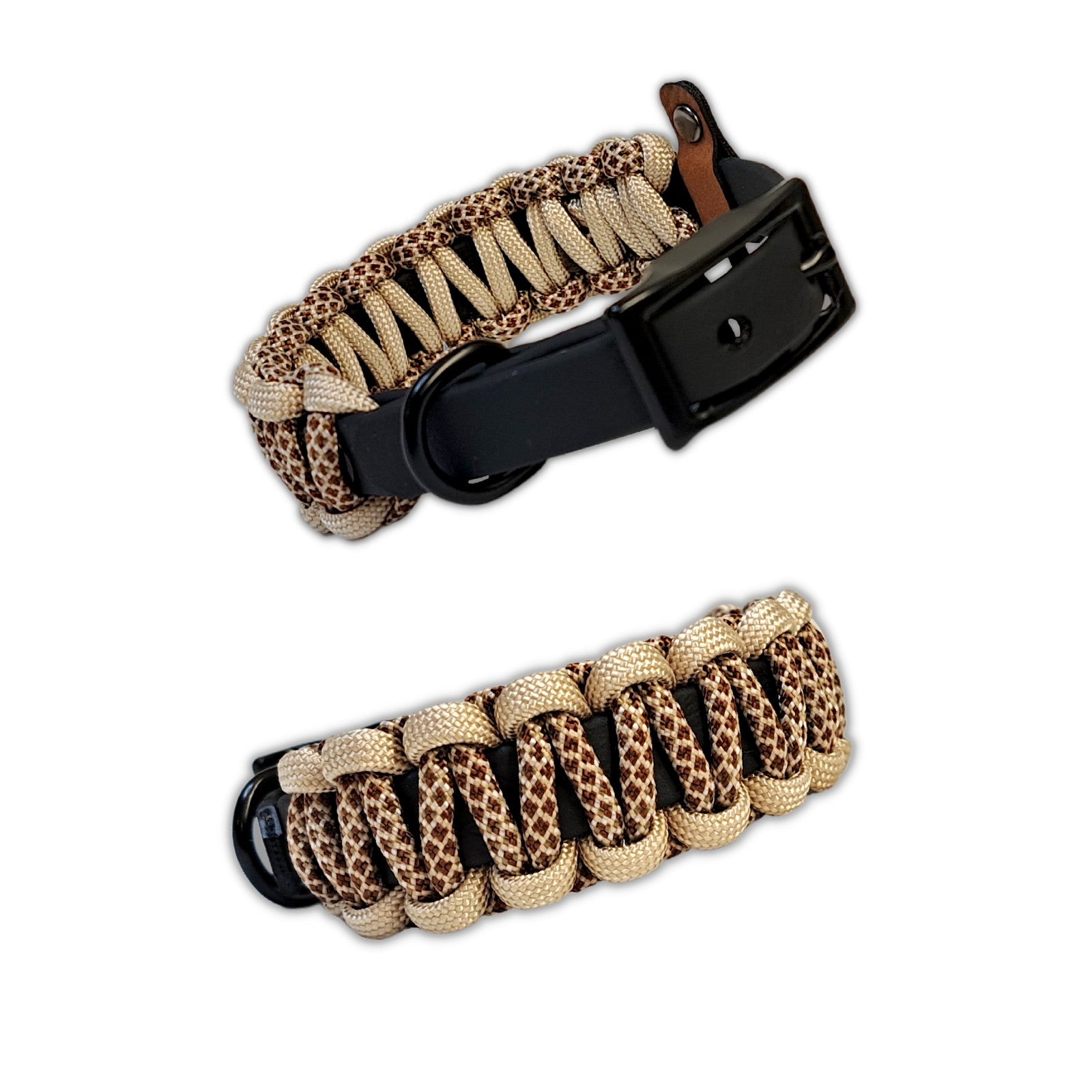PFOTENABDRUCK "SAUBERE PFOTE" hat genau das getan was es verspricht, einen sauberen schönen Abdruck. Versand etc war alles problemlos. :)
Schnelle Lieferung , niedlich verpackt.
Die Umsetzung ist nicht ganz so einfach aber dafür sind es eben Hunde ;-)
Das lag defintiv nicht am Produkt.
Ich wurde sehr gut beraten auf meine Anfragen zur Farbzusammenstellung und andere Fragen. Fertigstellung der beiden Tauhalsbänder und Leinen sowie der Versand erfolgte wie zugesagt. Sehr gute Qualität - habe sogleich noch 1 weiteres Halsband bestellt :)))
Der Service!
Qualität und Ausführung entsprechen absolut meinen Vorstellungen.
Absolute Kaufempfehlung.
Jederzeit gerne wieder.
Die Ware war jede Schreibe und jeder Hacken schon verkratzt. Schlechte schnittkanten der Leinen
Hallo Kathrin,
Schade, dass wir dich nicht zu 100% überzeugen konnten. Auf den Umstand, dass schwarze Hardware lackiert ist, weisen wir jedoch auf allen Produktseiten hin. Lackierte Hardware ist kratzempfindlicher als unlackierte/patinierte Hardware und wetzt sich je nach Anwendungsfall natürlich auch leichter ab.
Das mit den unsauberen Schnittkanten können wir aktuell noch nicht nachvollziehen, da das Leinen-Modell keine sichtbarken Schnittkanten haben sollte. Diese sind durch die 3-lagige Verarbeitung alle verdeckt.
Du kannst uns gerne an shop@sammylunadesigns.de Bilder senden, dann finden wir hier gemeinsam gerne eine Lösung.
LG Team SammyLunaDesigns








